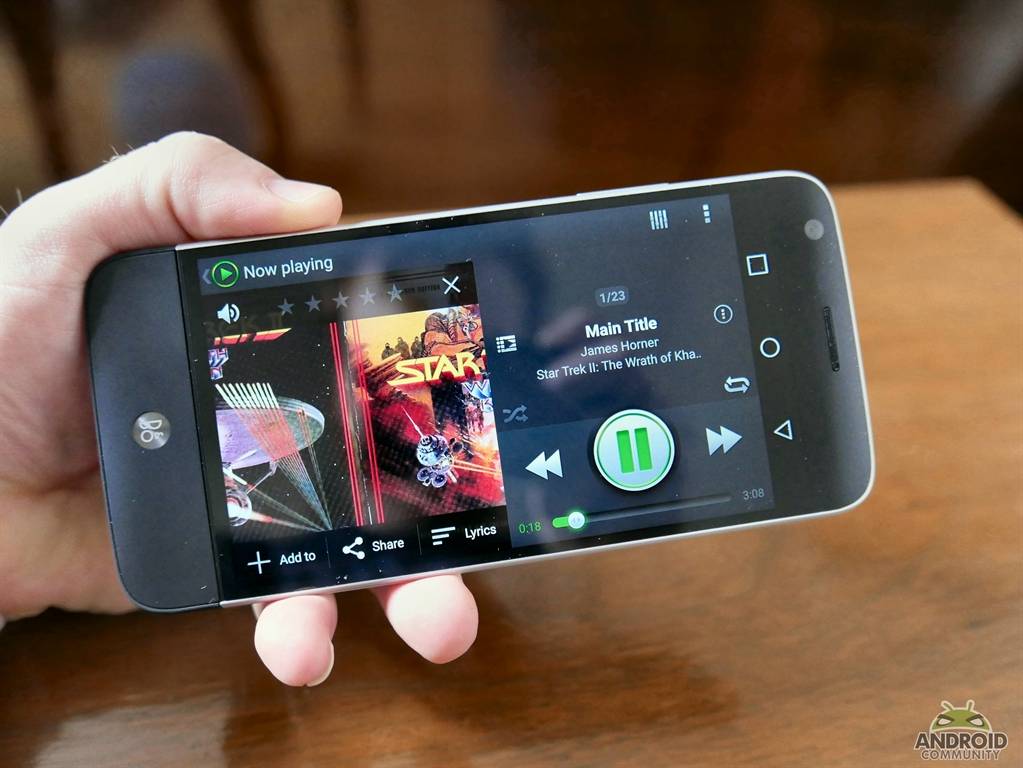
Mobile phones haven’t traditionally courted the audiophile set, but all that changes with the LG G5 thanks to its swappable module system that promises a wide range of accessories and add-ons to the device. In addition to the CAM Plus camera control module, one of the first ‘LG Friends’ you can lock and load into the G5 comes from the sonic wizards at Bang & Olufsen in the form of the B&O Hi-Fi Plus.
The B&O Hi-Fi Plus module is a slightly thicker (1/8 of an inch, roughly), black plastic insert for the LG G5 that maintains the phone’s external speaker and USB-C port, but adds a new 3.5mm audio jack that connects directly to an upgraded digital to analog converter and amplifier system.

Specifically, the DAC is a 32-bit unit from Sabre, the ES9028C2M, which comes hand-in-hand with a Sabre 9602c headphone amplifier. Bang & Olufsen’s engineering team played a big role in bringing these components to the market, with an eye towards offering native support for high-quality digital music files. We’re talking 32-bit audio at 384 kHz, although most of what you’ll be able to download and listen to in terms of audiophile recordings will be of the 24-bit, 192 kHz variety, which the B&O Hi-Fi Plus will ‘up-sample’ to 384 kHz.
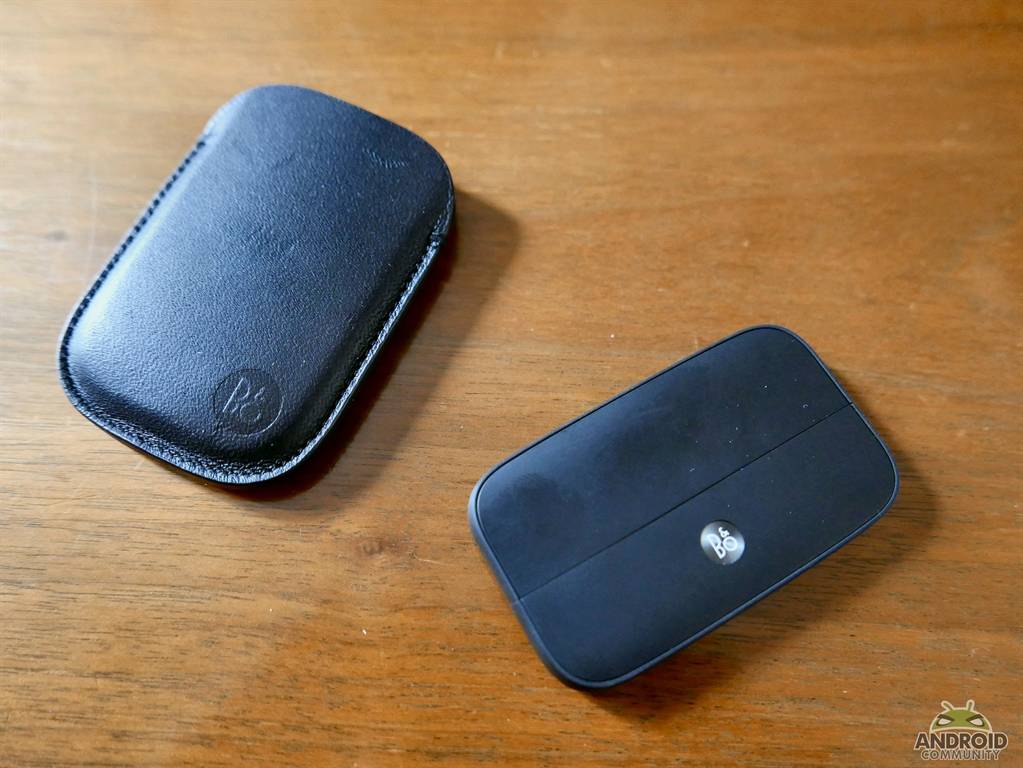
Actually, I’m going to stop here there and point out two very important things when it comes to evaluating this type of audio equipment. The first is that the LG G5’s built-in DAC is perfectly capable of handling 24-bit, 192 kHz files, as well as Direct Stream Digital (DSD) files. The second is that 192 kHz audio is a somewhat divisive concept that doesn’t necessarily offer an real benefits over the 44.1 kHz standard used for compact discs.
While it’s beyond the scope of this review, the fact that you are getting ‘more’ of the audio spectrum in a given recording isn’t something that translates to range of sound your ears can actually hear – and that the ultrasonics included in this type of format can actually cause problems during the amplification process. In addition, it’s true that 24-bit in theory captures more than a 16-bit PCM audio stream, but this rarely has any real impact on playback.
So what are you really paying for here when you order the B&O Hi-Fi Plus? Primarily, you’re putting your trust in Bang and Olufsen’s DAC offering higher fidelity during the conversion process than the more basic LG unit. You also get a higher noise floor (around -100 dB versus -90 dB for the G5’s internal unit), a somewhat wider dynamic range, and less distortion and channel crosstalk during playback. The differences aren’t huge – the LG is actually a fairly impressive setup – but they are there.

I had the chance to spend some hands-on time with the Hi-Fi Plus, and I decided to A-B it, back-to-back, using some 16-bit, 44.1 kHz FLAC files I am very familiar with. Specifically, I used two genres of music – 80s-inspired synthpop from 2016 with very crisp production, and older Varese symphonic soundtrack recording – to see what differences I could discern between the G5 and the B&O DACs. I didn’t use any 24-bit, 192 kHz files because in addition to my own misgivings listed above concerning this audio format I honestly don’t have any that I haven’t made myself in my own studio, and listening to unfamiliar music randomly downloaded for testing purposes isn’t a fair way to evaluate the details provided by a given DAC.
I also avoided MP3 files, because even though they’re the format most mobile phone users listen to, there’s little to no benefit in upgrading your DAC to listen to this type of encoding. In any case, I don’t think audiophiles keen enough to add a Bang & Olufsen module to their phone are doing so to access MP3 collections. I relied on my trusty pair of Sony MDR-7506 monitor headphones, which offer no coloration of the signal.
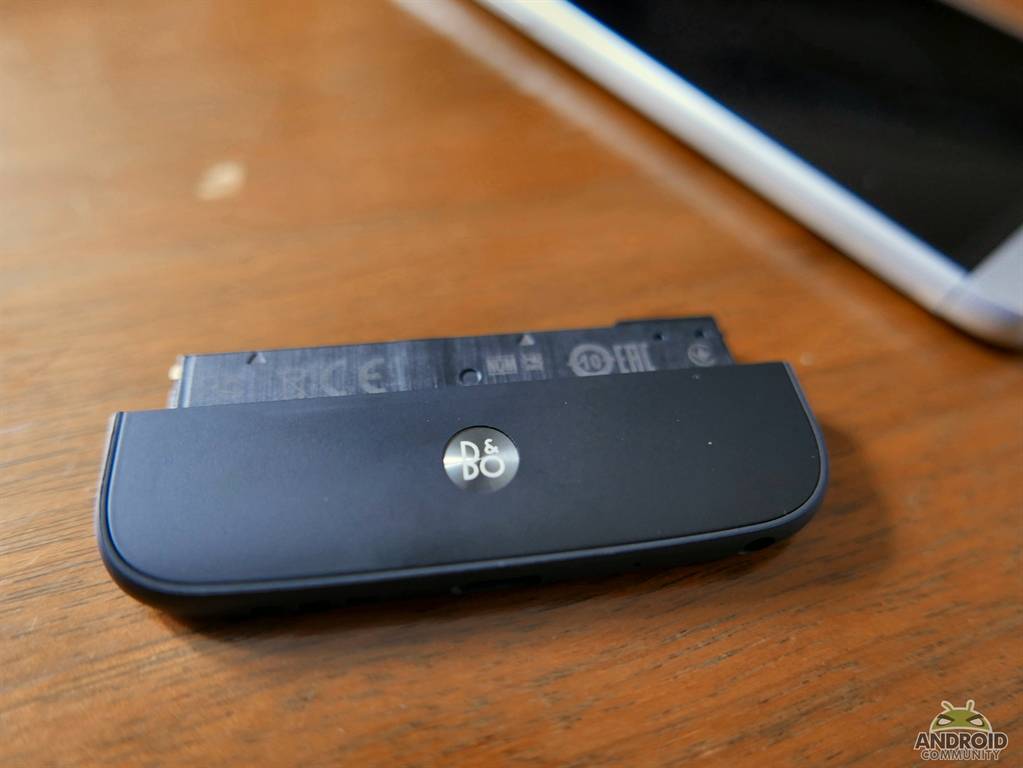
The results were a bit surprising. The single biggest difference when switching back and forth between the Hi-Fi Plus and the LG G5 jack was the amplification level offered by the add-on module. It’s a lot louder for any given volume setting as compared to the stock phone, which is nice if you’re trying to drive a set of big over-the-ear cans, especially for bass-heavy music. I would say that even on the symphonic tracks I listened to the most noticeable improvement was detail at the lower ends of the register, with tympanis sounding crisper in the mix.
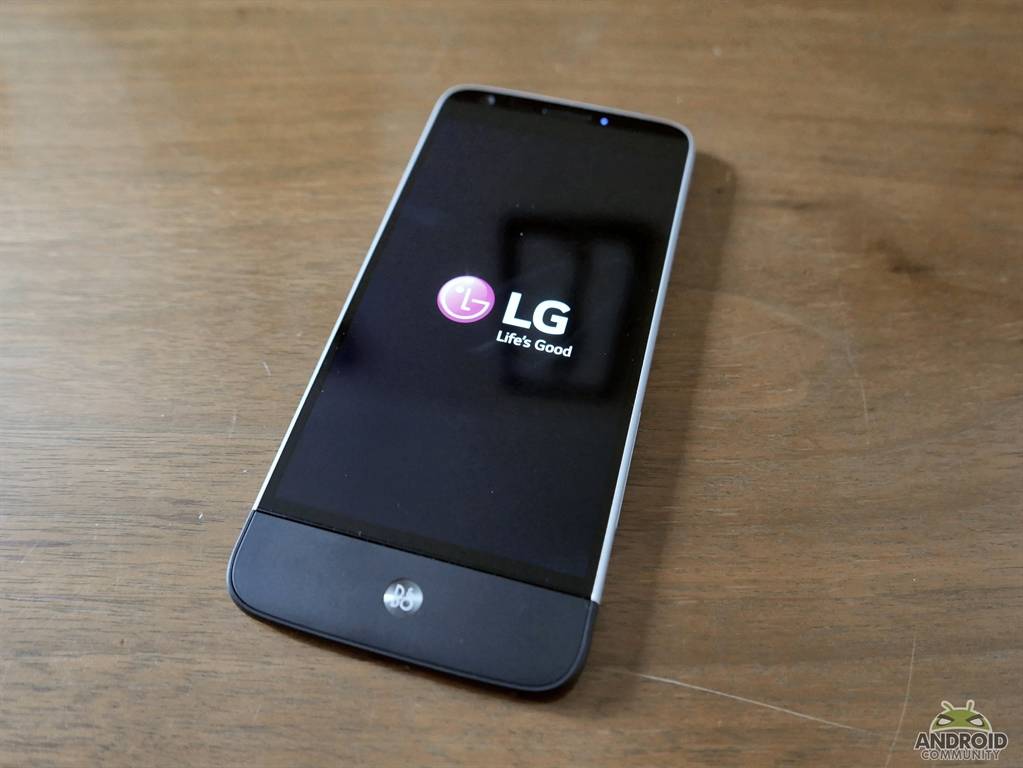
But even then, only just. Although pricing has yet to be made available for North America, it’s really hard to justify the Bang & Olufsen Hi-Fi Plus for casual listening, especially since when you bring your music with you on the go much of the detail of a given recording is already lost to the distracting sounds of the world around you. Yes, the amplification from the unit is an improvement over the stock G5, but you also have to either deal with the way the black plastic interrupts the smooth silver of the L5 phone, or hang it off the included USB-C dongle that allows it to be connected to almost any device.
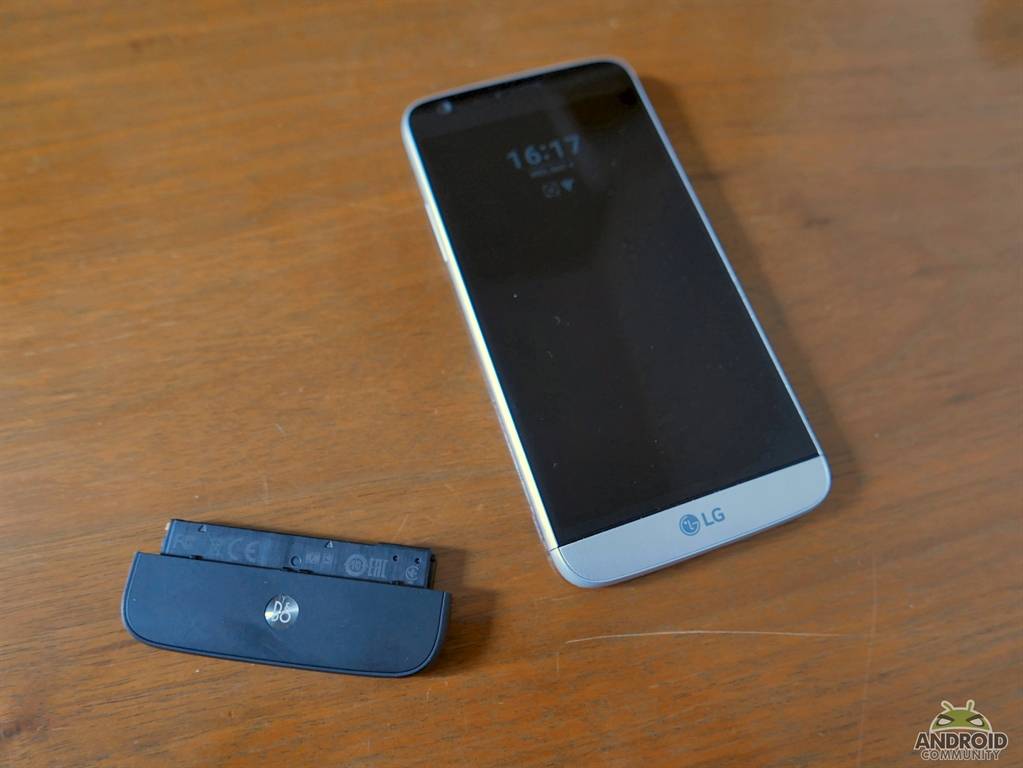
As with so many aspects of the ultra-high fidelity world, the B&O Hi-Fi Plus really only appeals to hardcore audiophiles convinced that they have trained their ears to hear past the standard spectrum available to us mere mortals. The LG G5’s stock player is great, and unless your drivers need the extra power from the amplifier in the Hi-Fi Plus, there’s not much of a reason to upgrade. It’s a safer bet that you’d get more audio enjoyment spending the extra cash on a better set of headphones.










There is no mention of how this product is not compatible with the USA version of the G5… Won’t that confuse a lot of people?